Items covered by the statistics, which were published on 2 March, range from large and small household WEEE – such as fridges and microwaves – to lighting, toys, display equipment and medical devices.
With the addition of the final quarter data, a total of 467,517 tonnes of WEEE were collected in 2022, against a target of 511,376 tonnes, representing a 9% shortfall.
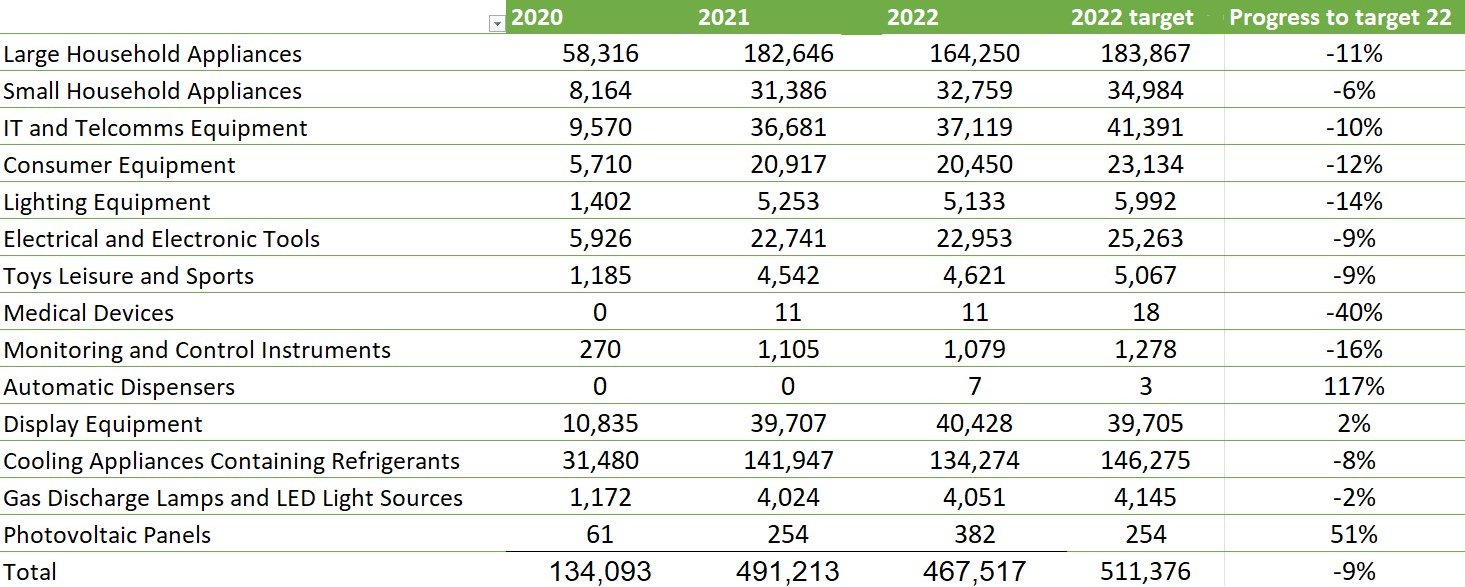
The 467,517 number reflects a near 24,000 tonne drop year on year; the 2022 target had been raised by 4% on the previous year. In 2021 the target was 503,629 tonnes and 490,541 was collected.
Just three categories of WEEE met their targets for the year. These were: display equipment; automatic dispensers; and photovoltaic panels.
The annual figures saw attention focused on large household appliances (LHA) – also referred to as large domestic appliances (LDA). These are by far the largest contributor to the statistics, and they saw tonnages drop by nearly 20,000 tonnes year-on-year, and missed targets by 11%.
The 2022 results prompted a sector wide view that changes to the WEEE regulations in the UK are needed with even the Department for Environment, Food and Rural Affairs acknowledging this.
Shortfall fee
Failure to meet targets means that some producer compliance schemes will be required to pay into a ‘compliance fee’ fund to cover any shortfall in recycling evidence so that they can fulfil their recycling obligations for the year. Producer compliance schemes or PCS arrange recycling on behalf of obligated electrical and electronic equipment businesses.
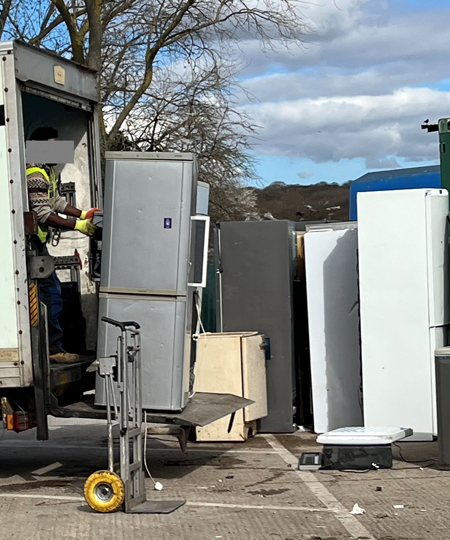
The likelihood of the UK missing its 2022 targets was signalled in December 2022 with publication of the third quarter figures (see letsrecycle.com story) Then the data showed that producer compliance schemes had collected a total of 355,160 tonnes in 2022 so far, which meant they were some 69% of the way to their annual target.
Europe
The UK is not alone in missing targets. In December 2022 European Commissioner Virginijus Sinkevicius, conceded that the collection rates in Europe were not where they could be. “In 2019 48.5% was reached and the target is 65%”.
Reactions
A range of reactions have come in response to publication of the 2022 data.
A Defra spokesperson said: “While our stretching targets have not been achieved in some areas, producers are still required to pay avoided costs through the WEEE compliance fee which supports initiatives to increase waste collections, communication campaigns and research intended to support future policy development.”
The spokesperson added: “In addition to this, we have committed to consult on improving the producer responsibility scheme for waste electrical items with a view to making it easier for people to ensure more material is collected and recycled or reused. More details will be set out in due course.”
Leakage
One concern voiced by several sector experts was around ‘leakage’. This is a reference to the ‘recycling’ of items such as washing machines by collectors, sometimes unlicensed, who collect the items for the scrap metal value. These might, for example, be installed by kitchen firms and not directly collected, whereas retailers delivering direct offer collection services. These indirect routes can mean that the tonnage recycled is not recorded under the WEEE system.
REPIC
Louise Grantham, chief executive of WEEE producer compliance scheme REPIC, said that comparisons of annual WEEE collections are challenging, and added that there is “rarely one single cause to explain changes between years”.

With large household appliances (LHA) – a particular area where recycling targets have been missed, Ms Grantham referred to these. She said: “The provisional data released continues to show that a significant amount of Large Household Appliances are still collected and treated outside the WEEE system due to their inherent value. Secondary material prices remained high in 2022, and historical data analysis shows this reduces the amount of LHA WEEE reaching the WEEE system.”
She concluded by saying “a significant amount will be added to the compliance fee fund as a result of the national shortfall in collections against target”.
Disappointing
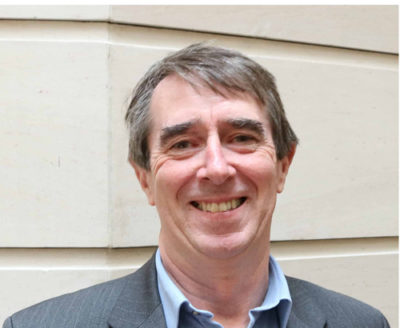
Phil Conran OBE, chair of the Industry Forum for Approved Authorised Treatment Facilities, said it was “disappointing” to see a continued decline in WEEE collections in the fourth quarter compared to the same period in previous years.
This fall, noted Mr Conran, has contributed to an overall annual decline, largely due to a significant fall in large domestic appliances (LDA) from designated collection facilities which is due in part, to ‘leakage’ and to a small extent, by the recent requirement for microwaves to be collected with Small Mixed WEEE due to POPs content.
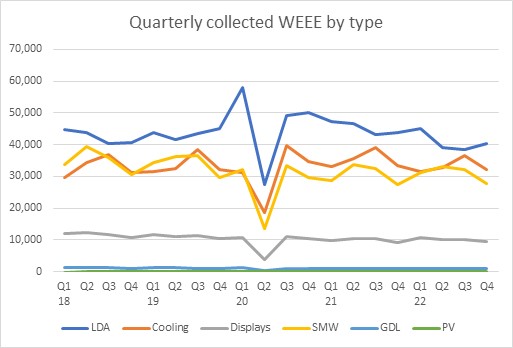
Mr Conran continued: “The leakage issue underlines the concerns that the AATF Forum has had over soft targets and the zero Compliance Fee applied to LDA. It is clear that the LDA is still collected, but it not being treated at registered AATFs under Best Available Techniques in line with the recently applied Appropriate Measures. We have strong concerns that this will continue again this year and are responding to Defra’s targets consultation to urge that targets should be increased and a meaningful Compliance Fee applied to incentivise Compliance Schemes to prevent WEEE disappearing down routes that are both non-compliant and environmentally unsound.”
Legislation

Compliance scheme Ecosurety’s innovation and policy director, Robbie Staniforth felt that one reason for the failure by the UK to meet targets was inactivity – or stasis – in terms of legislation.
Mr Staniforth said: “As has been the case for several years now, the UK missed the collection targets again. Some producers will have to pay the compliance fee to ensure they meet their obligations.
“The system continues to be locked in stasis as the legislative environment is not stimulating greater recycling or reuse levels. The government is a few years late with their consultation on improving the system. The changes they said they would make in their Resources and Waste strategy, back in 2018, are still a long way off.”
Complex
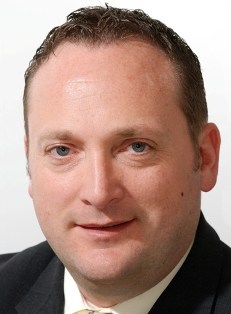
Paul Van Danzig, policy director at Electrolink, said that he thought the WEEE targets were more complex than, for example, packaging as the WEEE system involves equipment and appliances which may well have been in the home for many years.
Other complicating factors are, said Mr Van Danzig, that consumers may well during the cost of living crisis be more reluctant to replace items, even fridges “which are on their last legs” so reducing the volume of WEEE available for recycling. And, this could be exacerbated by a decision to keep older equipment when buying new for use elsewhere in the home.
He commented: “This doesn’t meant the regulations aren’t working. It is more likely that the way the targets are set is in need of review as they can be affected by a number of variables outside of the government’s control.”
Lamps
Nigel Harvey, chief executive of the Recolight compliance scheme, said that wasste lamp collections have been on a slow steady decline since the stream hit “peak WEEE” in 2016.
Mr Harvey commented: “That trend will continue as the move away from fluorescent and towards longer life LED lamps and light fittings accelerates. The very slight growth in tonnage from 2021 to 2022 of just 0.6% is more likely to be caused by the tail end of the Covid impact on 2021. The shortfall against 2022 target is to be expected. For the WEEE system to work properly, and to ensure that all collected WEEE is funded but without excessive compliance fee payments, a target should be just beyond achievable.”
THE UK SYSTEM
Under the UK system, producers of electrical equipment finance the cost of collection and proper treatment of all WEEE that arises at local authorities (typically at Household Waste Recycling Centres) and WEEE that is collected and returned to them by retailers.
The 2013 WEEE Regulations give Defra powers to set annual WEEE collection targets which are then passed down approved Producer Compliance Schemes based on the market share of their members in each category of equipment.
The Defra secretary of state also has powers to approve a “compliance fee” payable by schemes which fail to meet one or more of their targets. The fee has to be set at a level above the cost of collecting WEEE from local authorities in order to be an incentive for the schemes to achieve collection targets.
A revision of the regulations in the UK is expected this summer and one topic which is expected to surface is the idea of more kerbside WEEE collections for households.






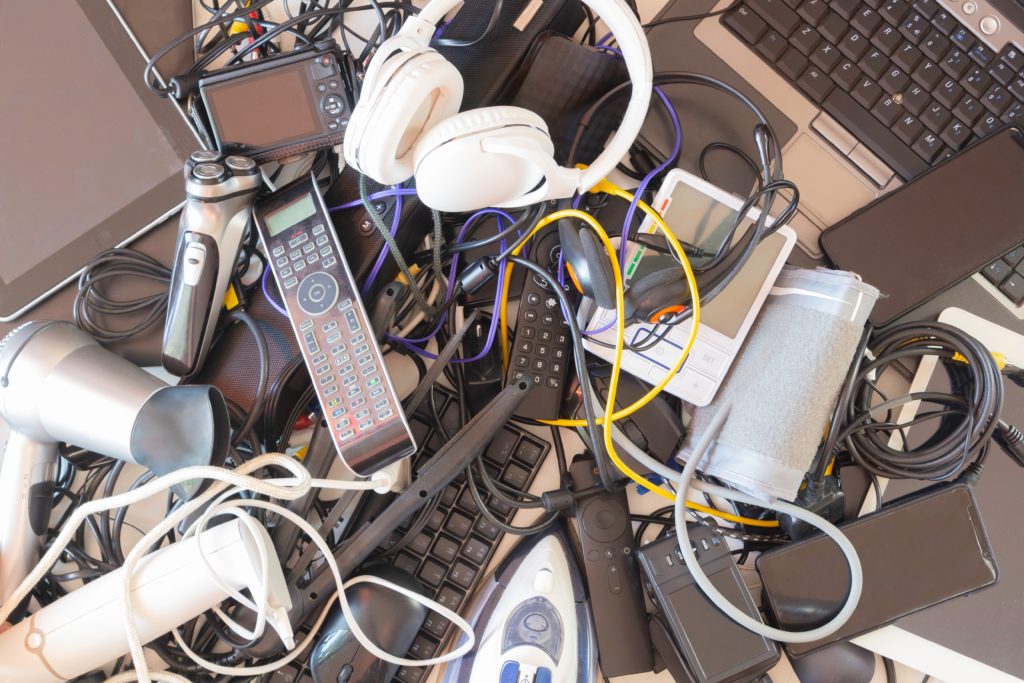

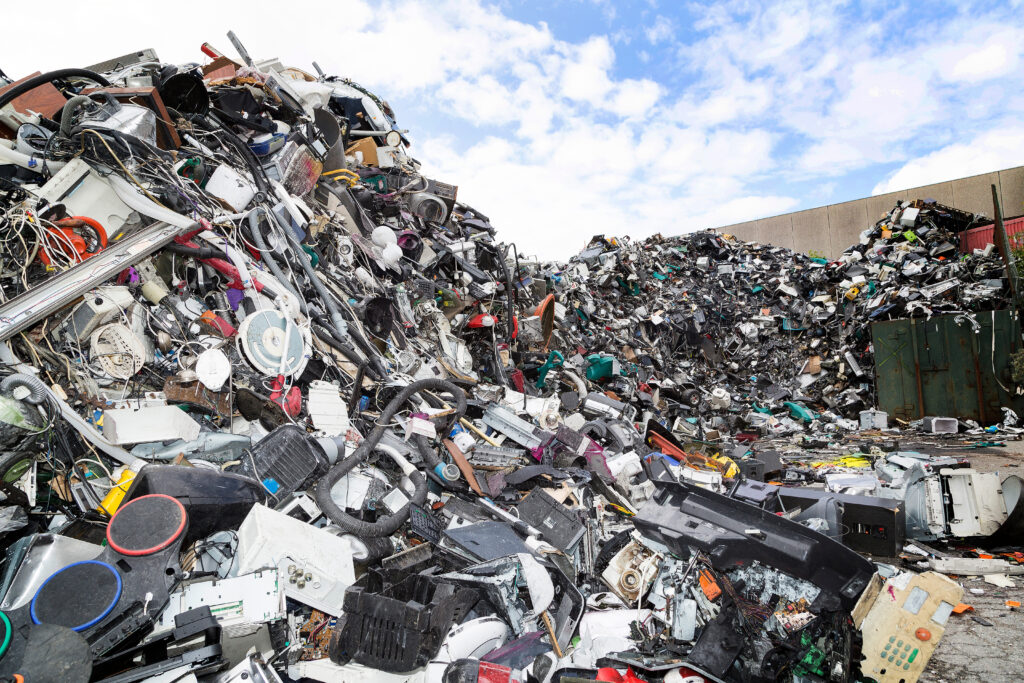


https://youtu.be/dvaE1bPFZuo
This is where the missing WEEE is if anyone fancies funding pre-sorting and recycling correctly?